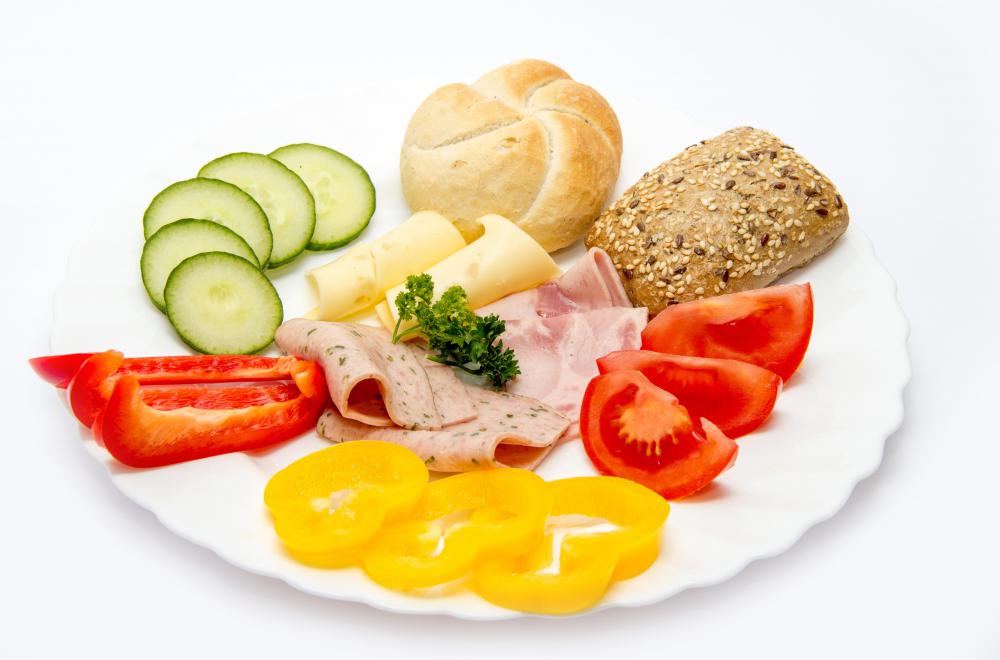At WiseGEEK, we're committed to delivering accurate, trustworthy information. Our expert-authored content is rigorously fact-checked and sourced from credible authorities. Discover how we uphold the highest standards in providing you with reliable knowledge.
What is Mild Preeclampsia?
Mild preeclampsia is a condition occurring in pregnant women characterized by both high blood pressure and elevated protein levels in the urine. Also known as toxemia, it typically manifests during the second and third trimesters of the pregnancy. A diagnosis of preeclampsia is given when the mother's blood pressure passes above 140 over 90 and there is more than 0.3 grams of protein present in her urine. While mild preeclampsia is the most common form of the condition, if other symptoms present themselves during this time, the diagnosis may be changed to indicate severe preeclampsia.
Mild preeclampsia can manifest itself after the woman has passed her 20th week of pregnancy, though it typically develops as late as the 37th week. The presence of the condition before the 20th week is possible, but often indicates other, more severe complications with the pregnancy. While the symptoms of the disorder can be alleviated, the only cure for mild preeclampsia is delivery of the child, at which time blood pressure and protein levels will begin to return to normal levels.

Elevated blood pressure is one of the two main symptoms of mild preeclampsia. It is caused when the blood vessels in the body begin to decrease in size, or constrict. As the vessels continue to shrink, pressure increases, and blood flow to various organs in the body, specifically the brain, liver, and kidneys, can begin to decline. As each organ begins to be affected, decreased blood flow can impair its functional capacity, negatively affecting the health of the mother and the development of the child.

The second main symptom of mild preeclampsia is elevated protein levels in the mother's urine. As the blood vessels continue to constrict, the added pressure of the blood flow may begin to cause minor fluid leaks into surrounding tissue. When this occurs in or around the kidneys, the protein from the bloodstream leaks from the blood vessels and is passed into the urine. The diminished protein levels in the mother's body can also severely impair the development of the unborn child.

While the precise cause of preeclampsia is unknown, there are several factors that can contribute to a woman's risk factors for developing the condition during pregnancy. The condition is very common in younger mothers, specifically those in their teens, and in women experiencing childbirth for the first time. Mild preeclampsia can also occur frequently in women who have a history of the condition in their immediate family or those who are also suffering from gestational diabetes.

Some of the best ways to reduce the chances of developing mild preeclampsia during pregnancy are limiting salt intake and avoiding high-fat foods. Doctors also recommend beginning or maintaining a low-impact exercise routine, eating a balanced diet, and taking the steps to ensure proper hydration. In cases where numerous risk factors are present, prescription medications and other supplements may be prescribed to help reduce the chances of developing the disorder.
AS FEATURED ON:
AS FEATURED ON:
















Discuss this Article
Post your comments